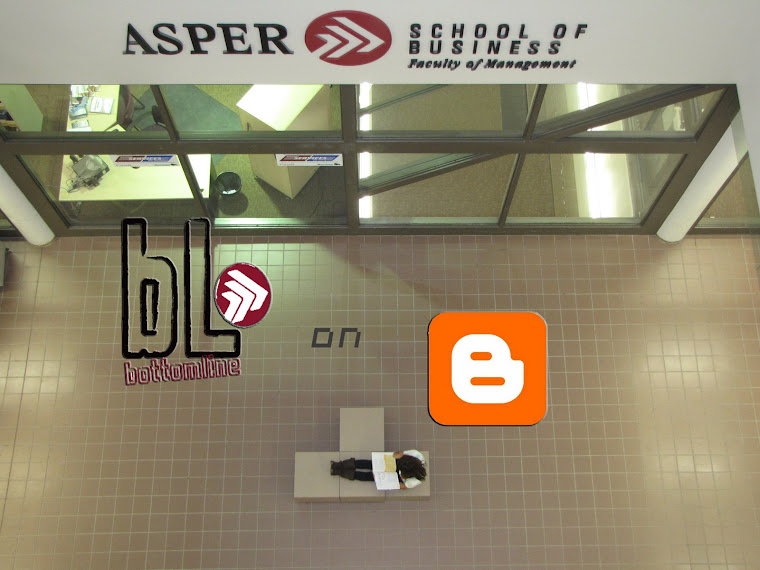
So what’s the big hoopla anyway? Recently, artists like T-Pain and Lil Wayne have come under fire by critics and most notably Jay-Z for their avid use of Auto-tune. Auto-tune, a fun little gadget unbeknownst to consumers for quite some time, is a pitch-perfecting machine which has been used by music producers for years. We first heard it on Cher’s song ‘Believe’ in 1998, where it was used in a very deliberate manner to distort her voice for a portion of the song. Less deliberate and more sneaky uses of Auto-tune have been prevalent in the music industry since its release to the market in 1997. Country music stars like Tim McGraw, pop stars like Britney Spears, and hip hop artists like Kanye West have all admitted to using Auto-tune.
I’m usually not such a gadget geek, but I’ve become interested in this particular one because of all the debate it has sparked. Many people think using Auto-tune is cheating the system and undermining the careers of legitimately talented singers. “I Hate Auto-tune” groups have popped up around Facebook and musicians are loudly voicing their opinions towards the machine. Jay Z recently released the first song off his upcoming album called “D.O.A – Death of Auto-tune” in which he publicly critiques rappers for trying to sing while using the device. He calls out to rappers asking them to go back to their roots instead of caving to the industry trend.
What I think is fishy about this whole thing is that this ‘Anti-Auto-tune’ album of Jay-Z’s was PRODUCED BY KANYE WEST. Kanye West has gone on record to say he “loves Auto-Tune” and heavily used it in his 2008 album 808s and HeartBreak. Why would Jay-Z ask an Auto tune-loving artist to produce his Anti-Auto tune album? Hmmm something doesn’t seem right.
Who thinks that this whole Anti-Auto Tune movement is a publicity gimmick for Jay-Z to sell more records?! I Do!
First of all, what is so wrong with artists using Auto-Tune? As humans we strive towards perfection in all areas of our lives, including our careers. Michael Phelps practices every day to try and break more world records, we study our butts off for exams to (in theory) try and get as close to 100% as we can, we slave in a gym for 20 minutes 3 times a week for years on end to trim our waistlines, tone our abs and sculpt our bodies to reach a “perfect” figure. We try and try and try and finally when one man cracks the code and figures out how to reach perfection in the music industry, we label it “cheating” and become staunchly against the idea. Why do I feel like we are always trying to preserve an old innocence that has been long since forgotten? If consumers are against Auto-tune then why are they not against metronomes? Metronomes are devices which set a perfect beat so musicians can play along and perfect their timing. Is that cheating? The inventor of Auto Tune, Andy Hildebrand, was once asked if he thought Auto-Tune was evil. He responded by saying, “My wife wears make up. Is that evil?”
I also don’t think it is wrong for artists like Lil Wayne and Kanye West to experiment with Auto Tune because they have already established themselves as talented artists. They have won countless awards for their rapping, and writing skills and Kanye for his producing. In a world where Actors become Politicians, and Parents become Reality Television Divas, does a rapper becoming a singer really seem that far off? I personally found Madonna becoming a children’s author much more disturbing…
I must admit, the fact that we as a generation enjoy listening to robotic noises is a bit disturbing. It might just be my incessant paranoia here, but do you think that this is a pre cursor for the future?? I’m picturing those futuristic movies where everyone is wearing plastic and metal clothing, and food is sent to us in vitamin-enriched liquid form through a tube and we don’t drive cars but float on hovercrafts and instead of songs we like listening to junkyard noises and synthesized robot voices???? The fifth element anyone?!?! …Good movie. But that’s beside the point!
And last but not least. If you don’t like it, don’t listen to it. Of course that probably means you won’t be able to listen to any popular song for the rest of time, but at least you’ll be making a statement that you are against all synthesized music, (no matter how much you liked Alvin and the chipmunks as kid). As for the rest of us, we will continue to go along happily listening to the future.



